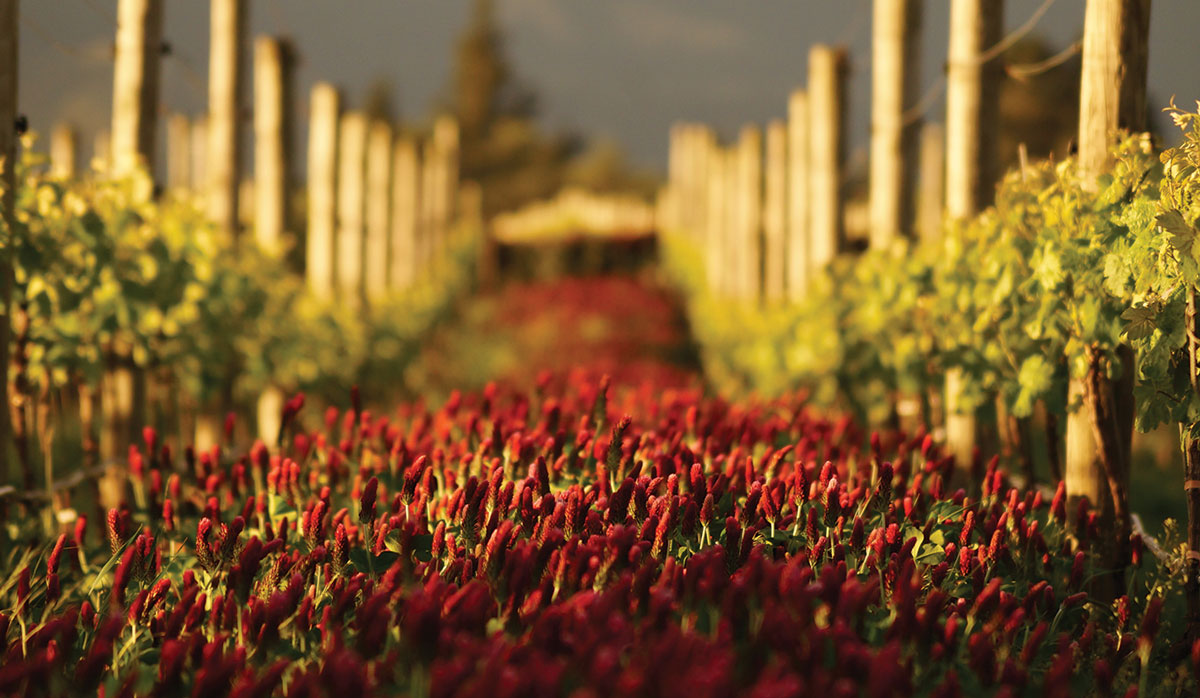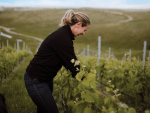Celebrating success
The Director General of MPI, Ray Smith says it's important for his department to celebrate the success of a whole range of groups and people around the country.
In this biosecurity article, I touch on four subjects of recent interest: the new New Zealand Winegrowers (NZW) Biosecurity Contractor Resources, a Brown Marmorated Stink Bug update, a Xylella Action Group update, and the Forest Biosecurity Conference.
Biosecurity contractor resources
Over the past few years, we have been able to put together biosecurity resources for vineyard owners and managers. They have included a biosecurity plan template, pest and disease guide, and best practice flip chart. We have now produced a new resource for vineyard contractors. The resources are a Contractors Biosecurity Guide and a factsheet for vineyard operators and workers. We have hard copies available upon request, or you can download the documents from the member’s website. We will also make a copy of the Vineyard Pest and Disease guide available for contractors who request it.
Brown marmorated stink bug update
Last year, the brown marmorated stink bug update (BMSB) operational agreement was renegotiated, defining the terms by which we partner with other primary sector groups and the government to undertake BMSB readiness and response activities. The new operational agreement is now in place and active, ensuring ongoing risk mitigation against one of the New Zealand wine industry’s most unwanted pests and diseases.
The BMSB Council strategy was also reviewed, guiding the Council’s work programme over the next five years. This includes understanding how a BMSB response might transition towards effective management or containment should an eradication approach not be feasible and looking at collaboration with overseas partners to try and test some of the tools we think might be helpful in a response. Another priority in the new strategy is understanding how we can work more closely with iwi to raise awareness of BMSB and develop support for some of the tools that may need to be used in a response situation.
The work programme around sourcing a supply of the samurai wasp, a biological control agent of the BMSB, is also being independently reviewed. The review will determine whether it’s something that can feasibly continue to be pursued or whether Council resource is better directed elsewhere.
Xylella Action Group update
The Action Group had a piece of recent work completed by Plant & Food Research, the outputs of which will assist in early response situations and inform where to best target response efforts. The tool is a matrix database of xylella sequence types, the host plants that those sequence types can infect, and vectors known to be associated with those host plants.
This enables response planners to know what plant hosts and vectors to target for action in a response situation, providing a head start in a response. The host range is extensive, and there are a lot of asymptomatic xylella hosts that don’t show symptoms.
 |
|---|
|
Fromm |
Given the wide host range of xylella, the Xylella Action Group has made a call to focus efforts initially on readiness work for horticultural crops of high value, including wine grapes, summer fruit, and citrus, as well as looking at the nursery pathway around those crops. Readiness activity and impact on other host species will be considered in due course – the Xylella Action Group also includes members representing the Department of Conservation and Te Uru Rākau. Sophie Badland from NZW Biosecurity chairs the BMSB council and the Xylella Action Group.
Forest Biosecurity Conference
On 28 and 29 February, I attended the Forest Industry Biosecurity Conference. Like the wine industry, the forest industry is a member of the Government Industry Agreement (GIA) for biosecurity. The GIA’s goal is to achieve better biosecurity outcomes in New Zealand. It brings together government and primary industry groups to better manage pests and diseases that could damage New Zealand’s primary industries, economy, and environment. The conference focused on emerging threats and issues in biosecurity and discussed what’s at stake. Most of the sessions were of interest to the primary sector. The sessions on risk evaluation, aerial invaders, and the Plant Pass nursery biosecurity scheme were of particular interest. Speakers also shared an insight into new surveillance technologies, molecular diagnostic tools, and gene technologies within the innovation
space.

OPINION: Harvest begins, and almost immediately we start to get media enquiries about how the vintage is going and whether it…

OPINION: Rachael Cook is the smiling grape grower on this month’s cover, tending vines on the miniscule, beautiful and dream-driven vineyard…
New Zealand wine enthusiasts have a deepening understanding and growing appreciation of sparkling wine, says Mel Skinner, Chair of Méthode Marlborough…
One of the biggest mistakes wine marketers make is in assuming consumers are as passionate and knowledgeable about wine as…
Taking two sustainability awards at two events on a single evening felt like "true recognition" of the work Lawson's Dry…